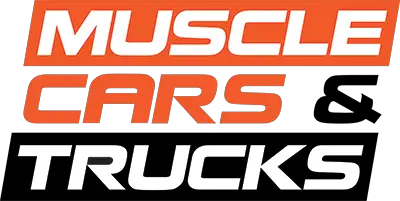The U.S. Environmental Protection Agency has plans to propose new, stricter rules on vehicle emissions through at least the 2030 model year by March 2024, as reported by Reuters. This comes just a few months after the EPA finalized new light-duty tailpipe emission requirements through the 2026 model year. The rules completed in December would result in a fleet-wide real-world average of around 40 mpg in 2026. Woof.
EPA Regulations: The Push Towards Electrification
The previous proposal in August had that number at 38 mpg, which reversed then-President Donald Trump’s rollback of car pollution cuts with the emission regulations at 32 mpg. The more stringent rules will speed a U.S. shift to more electric vehicles. On Tuesday the EPA stated that they planned to finalize the latest round of requirements by March 2024, covering at least 2027 through 2030. Additionally, the agency intends to propose and finalize new rules covering larger medium-duty vehicles around the same time.
President Joe Biden, who is polling at a 58 percent disproval rating at the time of this writing, wants 50 percent of all new vehicles sold in 2030 to be EV or plug-in hybrid models. He hasn’t yet endorsed California’s plan to phase out new gas-powered light-duty vehicles by 2035. To what degree the next round of EPA rules will push automakers toward building EVs is still unknown. But we certainly hope that while moving towards electrification, the demand and price of resources are also considered. Regardless of whether or not people can actually afford electrics or to fill up their gas vehicles, Department of Energy Secretary Jennifer Granholm and Transportation Secretary Pete Buttigieg are pushing forward with their respective anti-ICE, anti-human agendas.
The Detroit Three: General Motors, Ford Motor Company, and Stellantis, are already facing challenges in meeting the 2026 rules, which could further boost EV manufacturers like Tesla and Rivian. However, the recent letter to Congress proposing a lift on the cap for tax credits would give consumers more incentive to purchase EVs.
We are hopeful that hydrogen technology advances in a cost-effective way so that consumers can afford them and automakers can lower their carbon footprint, or that the rare earth metal supply crisis alleviates in some way. Otherwise, personal transportation will become something exclusively for the rich.






